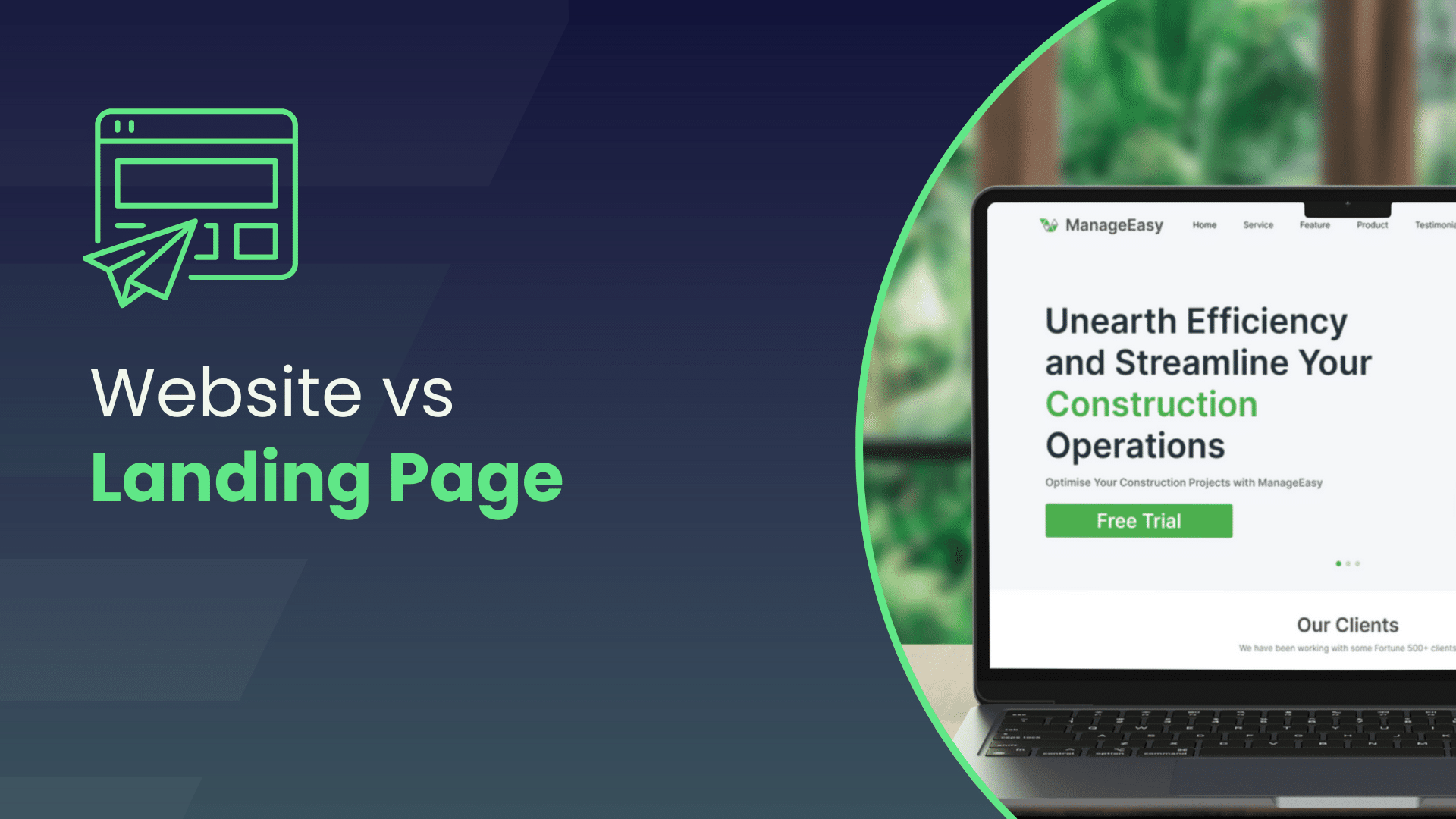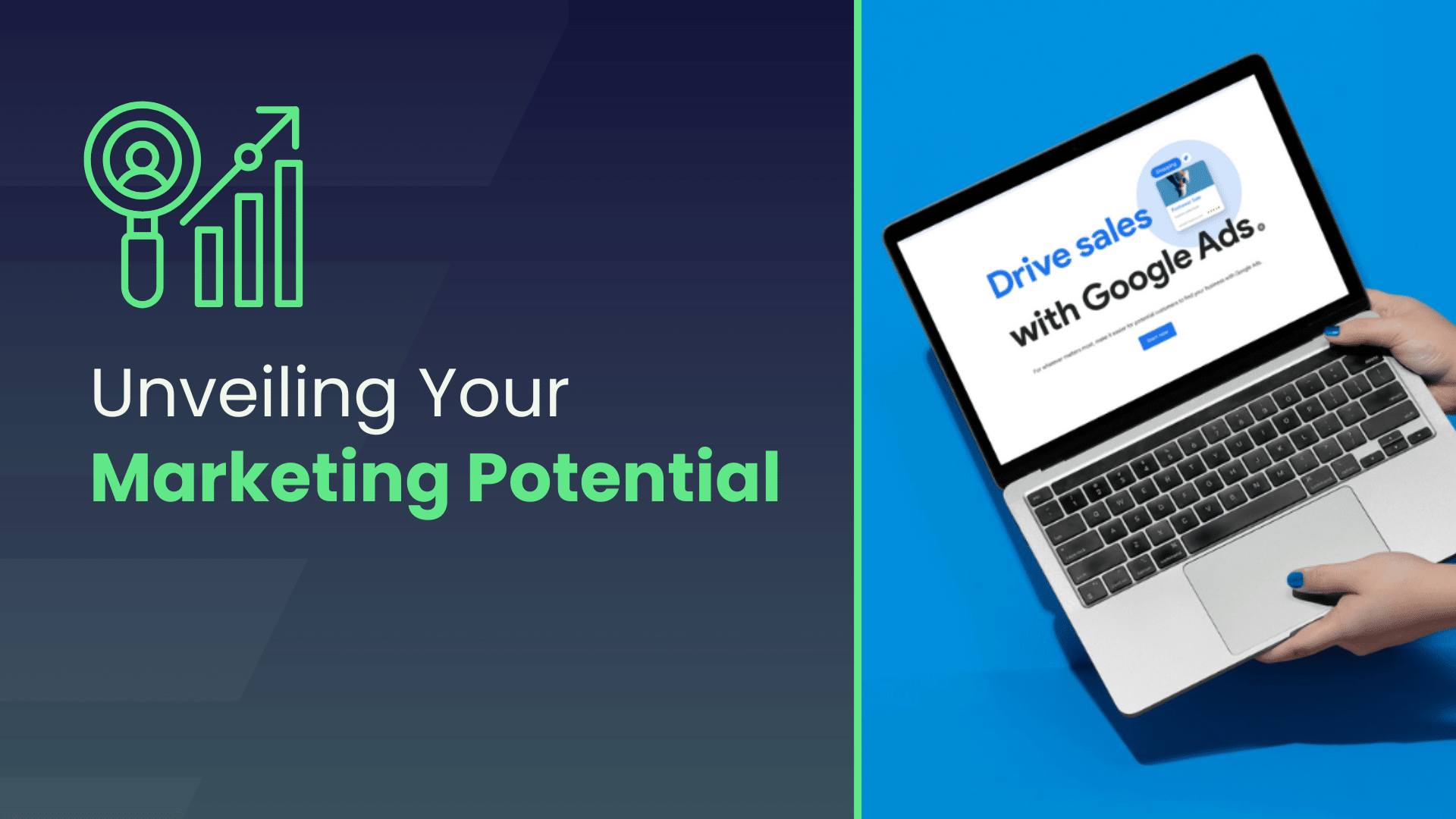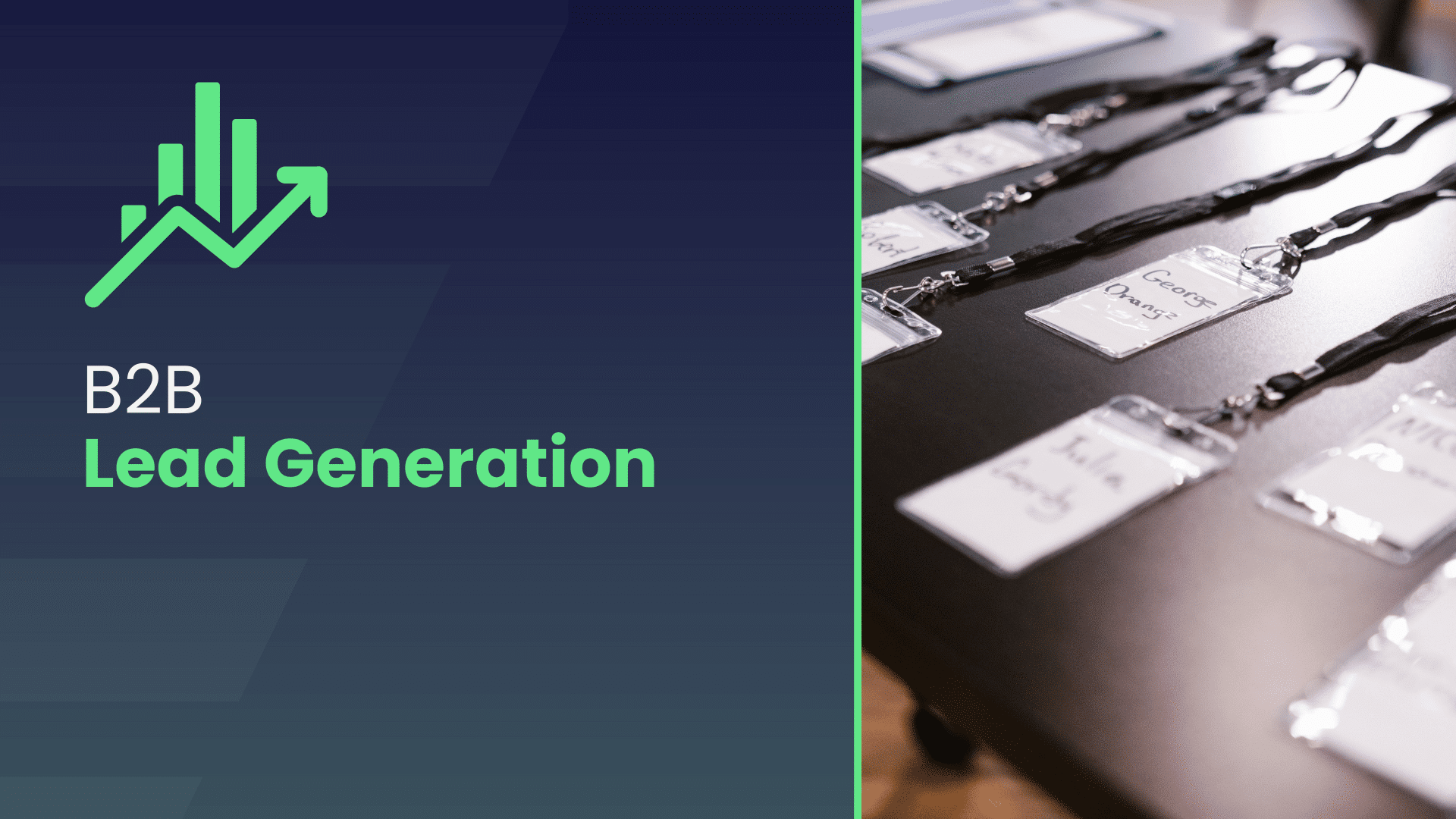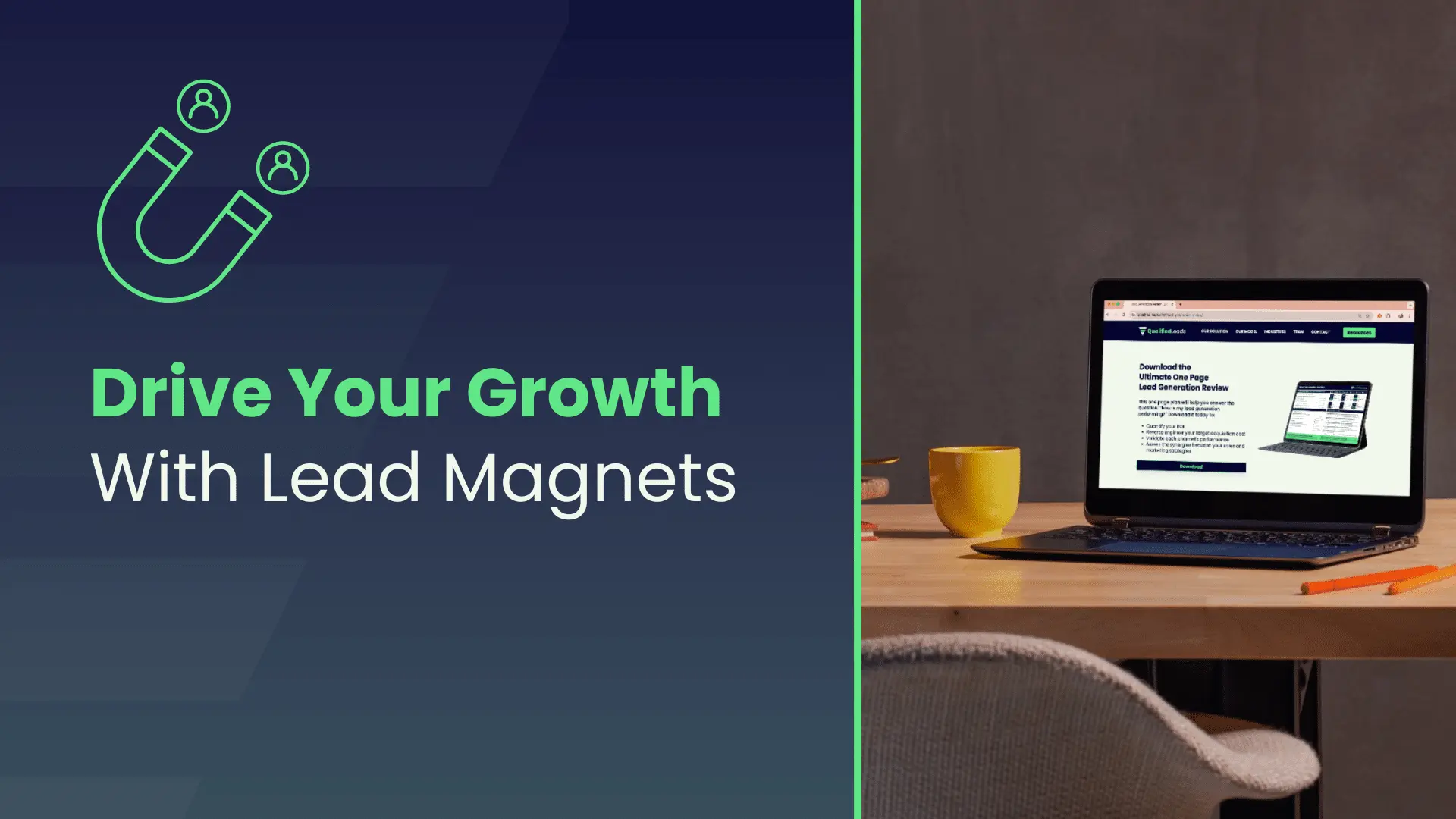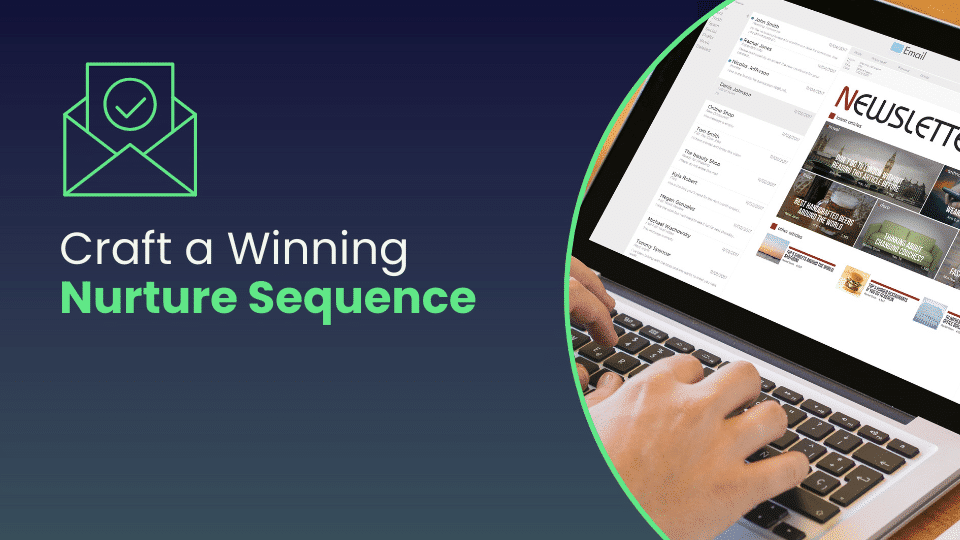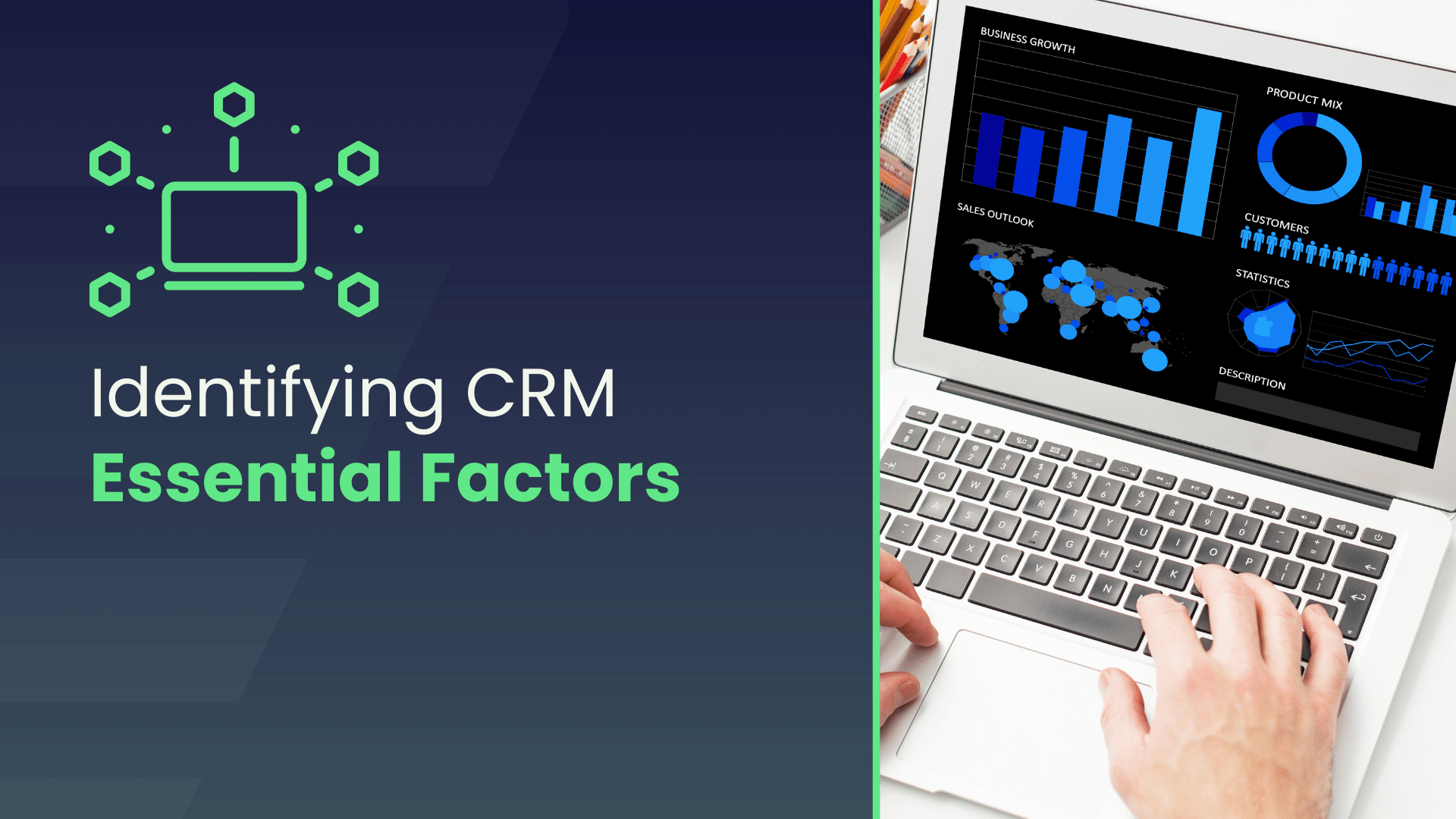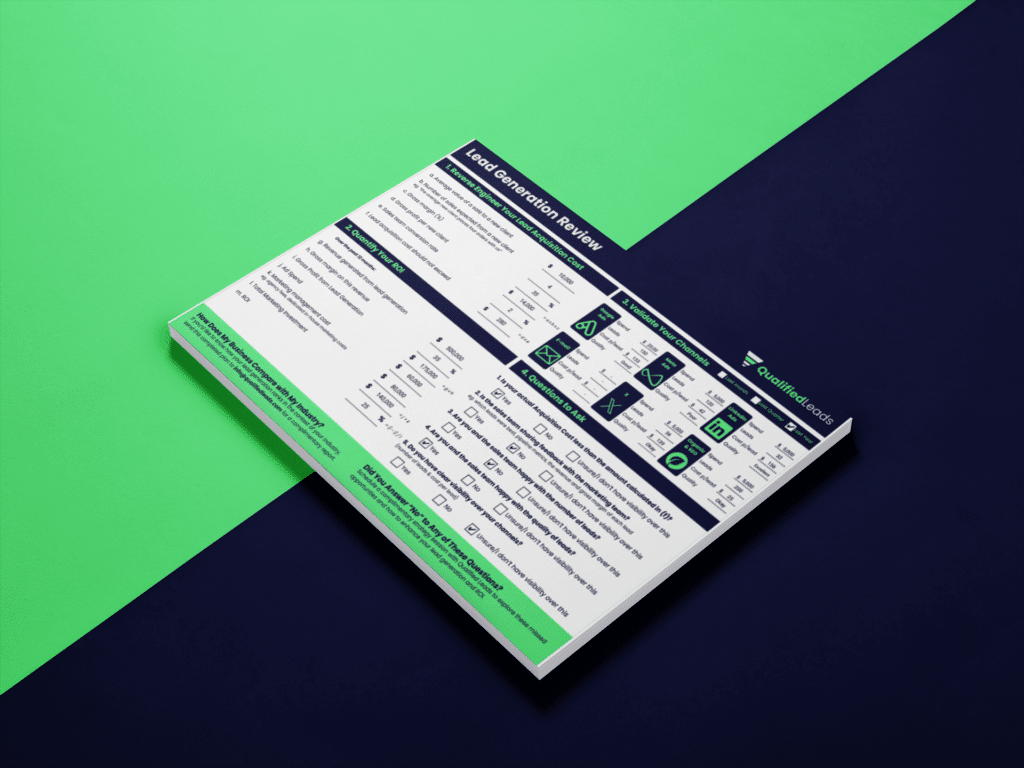The key to successful marketing often lies in agility and focus. Let’s explore the pros and cons of Landing Page vs Website Rebuild to optimise your marketing strategy for cost-effectiveness and agility. It can depend on your goals.
Do you want to generate qualified leads? Or have an aesthetic presence that resonates with visitors? In this article we will also clarify what a landing page is, and how it can help your conversion, cost-effectiveness, speed to market, scalability and flexibility.
Defining a Landing Page
A landing page is like the sharpshooter of your marketing arsenal – precise, focused, and effective. Unlike a full website rebuild, which is akin to renovating a skyscraper, creating a landing page is more like setting up a specialised pop-up shop. It’s a single web page designed with one goal in mind – to drive your campaign’s message home and convince your target audience to carry out a specific conversion event.
Improved Conversion Rates
The average conversion rate for a landing page is 9.7%¹, whereas the average conversion rate for a website is between 2.2% – 4.3%². Here, every word and image is carefully chosen to resonate with your audience, guiding them effortlessly towards that all-important call to action.
Additionally, because landing pages are purpose-built for campaigns, they can be highly personalized, leveraging insights about your target audience, traffic source, or even location to optimize relevance. A well-crafted landing page doesn’t just inform—it engages, builds trust quickly, and compels action.
With the ability to test and refine elements like headlines, imagery, CTAs, and layout in real time, marketers can continuously optimize for higher conversions. The result? Better ROI, more qualified leads, and a streamlined user journey that supports your overall marketing strategy.
Cost-Effectiveness & Speed to Market
Think of a website rebuild as a major home renovation – costly, time-consuming, and extensive. In contrast, crafting a landing page is more like redecorating a single room.
A typical enterprise website rebuild takes 15 to 40 weeks³ and costs between $10,000 and $30,000⁴.
In contrast, a new landing page, due to its smaller scope and focused content is not just cheaper, $2,500 – $3,200⁵, but also quicker to launch within 2 to 4 weeks⁶.
Scalability and Flexibility
One of the beauties of a landing page is its adaptability. Imagine being able to tailor your message for different audiences with just a few tweaks, or testing various marketing strategies without overhauling your entire site. Landing pages allow you to do just that. One HubSpot study found that companies that test between 10 to 15 landing pages, see a 55% increase in leads⁷. They are incredibly versatile, enabling you to replicate and adjust them for different campaigns and audience segments swiftly.
What makes this flexibility so valuable is how it supports rapid iteration and data-driven decision-making. With landing pages, marketing teams can launch, test, and refine campaigns in a fraction of the time it would take to update a full website. This empowers businesses to stay nimble, whether responding to market changes, running time-sensitive promotions, or targeting niche customer groups.
Scalability is just as important. As your business grows, landing pages grow with you. You can expand your digital footprint campaign by campaign, each with its own focused message and objective, without losing consistency or performance. This modular approach ensures you’re always in control by testing what works, scaling what succeeds, and improving what doesn’t.
Conclusion: Landing Page vs Website Rebuild
When evaluating the merits of a landing page versus a full website rebuild, it’s essential to align your choice with your immediate marketing objectives and resource availability. A landing page offers a streamlined, cost-effective solution designed to drive specific actions, making it ideal for targeted campaigns and rapid deployment. Its focused nature not only enhances conversion rates but also allows for agile testing and iteration, providing valuable insights into audience behavior.
Conversely, a comprehensive website rebuild is a significant investment of time and resources, suitable for overhauling your brand’s online presence or addressing systemic issues within your current site. While it offers the opportunity for a fresh start, it’s a more extensive undertaking that may not be necessary for campaign-specific goals.
In today’s fast-paced digital landscape, where adaptability and speed are paramount, leveraging the agility of landing pages can provide a competitive edge. They enable you to respond swiftly to market changes, test new ideas, and optimize for conversions without the overhead of a full site overhaul.
Ultimately, the decision hinges on your specific goals, timelines, and budget. For many businesses, adopting a hybrid approach, utilising landing pages for targeted campaigns while maintaining a robust website for broader brand engagement, can offer the best of both worlds.
References
¹ Taboola | https://blog.taboola.com/best-landing-page-statistics/
² Geckoboard | https://www.geckoboard.com/best-practice/kpi-examples/website-conversion-rate/
³ Website Builder Expert | https://www.hostinger.in/tutorials/how-long-it-takes-to-create-website
⁴ WebFX | https://www.webfx.com/web-design/pricing/website-costs/
⁵ WebFX | https://www.webfx.com/ppc/pricing/landing-page-design/
⁶ TruVisibility | https://www.truvisibility.com/blog/how-long-does-it-take-to-build-a-landing-page/
⁷ HubSpot | https://blog.hubspot.com/marketing/7-landing-page-design-tips

One Page
Lead Generation Plan
Find where to optimise your marketing, quantify ROI, reverse engineer acquisition costs, validate channels, and assess sales-marketing synergy.
